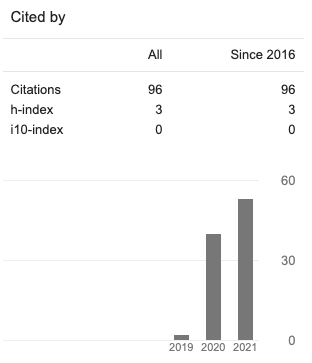The Effect of RADEC Learning on Students’ Ability to Understand Statistics Topics
Abstract
This observation is based on the low numeracy skills reflected in the need for more student understanding of the problem and the learning strategy applied. The purpose of this observation is to see the effect of the RADEC learning model on the ability to understand statistics topicsl. This research was conducted at Pasirkareumbi elementary school with a sample of 22 students using the saturated sampling method. This quantitative observation uses an experimental method, a quasi-experimental model of one-group pretest-posttest design. This research uses a description test with statistical elements (mean, median, modus). A Normality test, homogeneity test, and paired t-test hypothesis test are used to analyze the test data. The results showed that students could understand the problem with an average score of 47.39 on the pretest, then increased to 79.78 on the posttest after applying the RADEC learning approach. There was an increase of 0.944 in the N-Gain value. The magnitude of the average N-Gain value is classified as high. This indicates effective learning or an increase in student understanding from before. With this data, applying the RADEC learning model impacts student competence in understanding statistical material.
Copyright (c) 2024 Ratna Ugih, Tatang Herman, Roni Wahyu Wandani

This work is licensed under a Creative Commons Attribution 4.0 International License.















